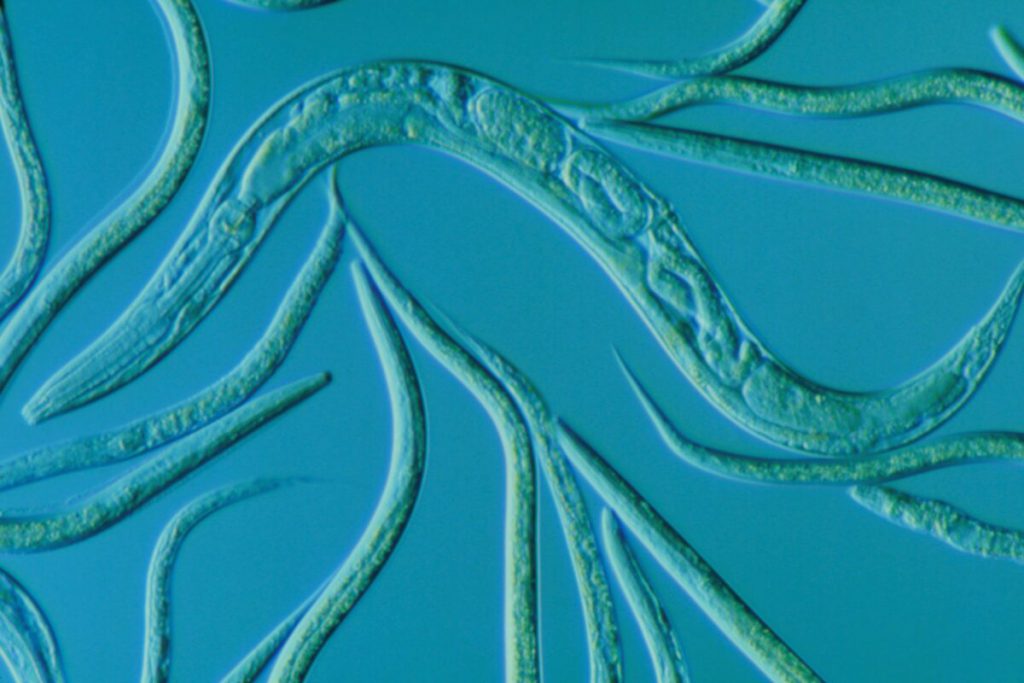A Japanese biotech firm has invented one more method that might help with perceiving pancreatic cancer at a starting stage. The procedure incorporates the usage of a genetically changed a sort of worm called “C. elegans”. It is made by a Japanese firm, Hirotsu Bio Science. It is remarkable that bodily fluids of cancer patients smell particular to those of healthy people. There have been attempts various things with canines who were ready to distinguish the disease in breath or pee samples. In any case, the procedure is monotonous.
The firm has affirmed that their genetically changed worm, which is around one-millimeter-long, has an acute sense of smell and will really need to react to the pee of people with cancer. With this examination, the analysts ensured that it was achievable to perceive cancer early. “The new test isn’t planned to diagnose pancreatic cancer, yet could help with supporting routine screening as pee samples can be accumulated at home without the prerequisite for a facility visit,” Hirotsu said at a public meeting.
Moreover expecting the worms raise the ready, the patient would then be suggested a doctor for extra testing, he said. “This is a huge mechanical progress,” CEO Takaaki Hirotsu, a past educational who focused on the minute worms known as nematodes, told AFP. He is certain it could help with supporting cancer revelation rates in Japan, which like various countries has seen screening rates drop during the pandemic as people avoided clinical visits.
Also Read: A New Mineral Has Been Found Inside Diamond!
Hirotsu and Osaka University point by point “C. elegans” ability to recognize cancer in a joint study dispersed as of late in the companion kept an eye on journal “Oncotarget” In free tests coordinated by the firm, the worms precisely perceived every one of the 22 pee samples from pancreatic cancer patients, fusing people with starting periods of the disease.
